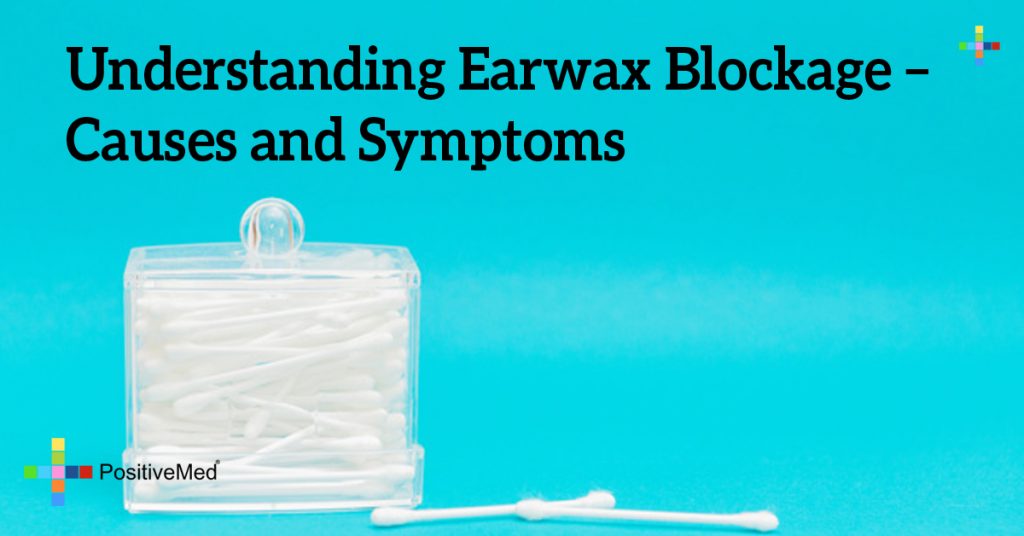
Understanding Earwax Blockage – Causes and Symptoms
A variety of protective systems prevent entrance of infection or foreign body into a person. Earwax is such a system.
What It Is–“Earwax” is a combination of fatty acids, cholesterol, skin flake debris from the canal walls, and dirt and dust from the environment. It normally “flows” out of the ear, expelling entrapped debris including any bugs that have not been deterred by cerumen odor or consistency.

When It’s a Problem–Earwax complaints range from “my ear is plugged” to “I’m dizzy” to “gunk is coming out of my ear” to “I’ve got a bug or sound in my ear.” Complaints vary with underlying cause, e.g., ear canal irritation, infected areas around hairs in the ear canal, external debris embedded in earwax, viscous discharge through eardrum perforation, insects, etc. The presenting complaint may not be specific.
Getting a Diagnosis—“Cerumen impaction” is a medical diagnosis made on the basis of visual inspection of the external auditory canal by a physician. Audiologists, hearing instrument dispensers, and others, depending on state licensing, may also recognize and manage the problem.
Management Strategy–Over-the-counter cerumen removal kits are available which soften hardened cerumen and provide a bulb syringe to flush earwax from the ear canal. A person with eardrum perforation or ear surgery history should avoid self management, because irrigation may infect the middle ear. An “ear” professional may end up mechanically removing impaction, “digging it out.” Sometimes earwax must be softened with eardrops over several days before wax can be removed.

“Can I Do It Myself”—People have used glycerine, hydrogen peroxide, baby oil, and a variety of other drops for loosening wax so it will flow from the ear on its own. Sometimes these are coupled with irrigation strategies.
Rule of Thumb—If a person has ear pain, perforation, or ear surgery history, that person should avoid the OTC approach and avoid any alternative management schemes, e.g., ear candling.
Efficient earwax management will keep the ear canal sound pathway open so those waves get into the actual organ of hearing.





